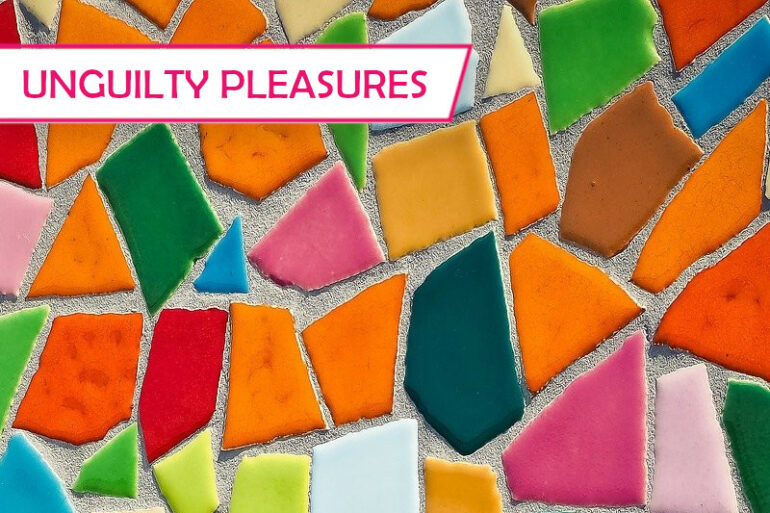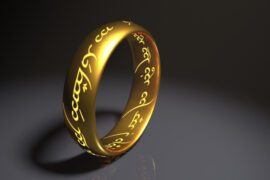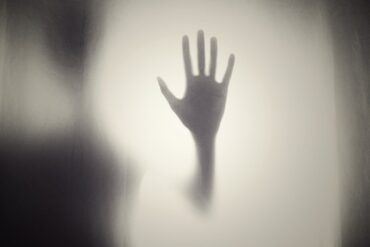K-dramas are still considered inferior to Western TV series and something only for Asian culture lovers. Contrarily, K-dramas’ diverse genres can be a fit for almost everyone. Besides, their innocent courtship and slow-burn relationships will make every romantic’s heart melt.
By Silvia Vacchelli
Picture: Via Pixabay, CC0, editing: Hanna Sellheim
In the last few years, Korean TV dramas, better known as K-dramas, have risen in popularity among Western viewers so that streaming platforms like Netflix not only have added quite a few to their catalogues but even started to produce them. However, many people are still sceptical and almost afraid to watch something so different from what they usually see. They would rather re-watch Friends for the 15th time than try something new, especially if they do not understand the language and have to »struggle« to read the subtitles, since most dramas are not dubbed.
Besides, there is still a deep-rooted prejudice that everything that is not produced by Western media must automatically be a second-class product that only people obsessed with Asian culture can stand to watch. Strangely, I wouldn’t be afraid to admit that I enjoy some mediocre shows like Glee but, especially in the past, I would feel the need to test the water before talking about K-dramas to avoid judgmental or scornful looks as if to say »why do you waste your time watching this kind of shows?« Don’t get me wrong, I don’t blame them, I thought just the same a few years ago and it took a little convincing to persuade me to abandon the comfort of the American TV series, but once I did it, I never looked back. I don’t consider myself a K-Dramas’ expert but in recent years, I have watched quite a few and I want to prepare you for what to expect when you watch your first K-drama.
Love as a Recurring Theme
Series
Be it food or pop culture – the term »Guilty Pleasure« means everything that we’re ashamed of liking. But why do we even think that some pleasures are guilty? In our series »Unguilty Pleasures« we want to unpack and question the term. For that, Litlog authors write about which entertainment genres and trash programs they utterly enjoy – and demand: pleasure without guilt! You can find more articles here.
First of all, there are as many types of K-dramas as there are of American TV shows, so there is something for everyone, but they all have in common a love story, which could be the focus of the entire drama or just in the background. One of the most popular genres is the high-school K-drama, with the classic love triangle in which the »plain« and unpopular female lead is often inexplicably liked both by the most popular and arrogant guy in school and his (or sometimes her) much nicer and kinder best friend, who would be a better choice but (spoiler alert) ends up being friend-zoned. A typical example would be Boys over Flowers, one of the most well known high-school dramas which has been made and re-made many times. It also happens to be the first K-drama I ever saw. When one of my friends made me watch it I didn’t really know what to expect and I remember I felt extremely confused by the way the language sounded and the very expressive way of acting (I later found out that it is based on a Japanese manga and that it was so exaggerated on purpose).
Yet, I was really intrigued by the Korean culture, the dynamics between characters and most of all the innocence of the feelings shown by the characters, which brought back nostalgic memories of those naïve and clumsy first crushes. However, this genre of drama is not for everybody, as it is targeted to 14 years-old-viewers and, unlike in American TV series, you won’t see teenagers desperate to lose their virginity at prom, but very chaste scenes of holding hands, lots of blushing and quick kisses filmed in slow motion with cherry blossom falling behind them – a bit corny, I will admit, but a treat to the teenager hidden in you.
Diverse Genres
Another genre is the historical drama, in which people wear beautiful traditional dresses called hanbok and which are mostly set in imperial palaces. These dramas are perfect for those who like sword fights and lots of court conspiracy, but viewers must be aware that they are quite slow in pace, with long dialogue scenes. Recently, many »comedies of errors« dramas were produced with men disguising themselves as women (Tale of Nokdu) or women dressing up as men (Love in the Moonlight); this type of historical dramas are much lighter and playful than the regular ones, with constant hilarious and giddy misunderstandings based on the characters ambiguous gender, which compensate the occasional heaviness of the plot.
Then there are fantasy dramas, or better magic realism dramas, in which creatures such as gods (Goblin), ghosts (Oh my Ghostess) or mermaids (Legend of the Blue Sea) come to our world and interact and ultimately fall in love with humans. Finally, one of my favourite types is the psychological drama (It’s Okay, That’s Love; It’s Okay to Not Be Okay), which manages to show in very convincing and touching ways the characters’ troubles without being too heavy to watch.
Gender Trouble
K-dramas are different from Western TV series also in the way they portray masculinity. Male actors in Korea are not chosen for their muscular body and their chiselled six-packs, but for their elegant and tall figures and their smooth and almost perfect skin, which for Western viewers might seem too androgynous. The actors’ sophisticated and dandy-like style is equally reflected in the characters, so that the ideal guy is not a macho who can split wood barehanded like Captain America, but an old-style gentleman who opens the door for the girl or who gives her his jacket when she is feeling cold. I have to admit that especially in the older dramas there was this sometimes annoying quite anti-feminist tendency of representing men as knights in shining armours who had to save the damsels in distress. However, we have also to keep in mind that in Korean society, public displays of affection like kissing and hugging are still perceived as not acceptable or embarrassing, so these »romantic gestures« are used to show the characters’ feelings.
Generally speaking, K-dramas might initially seem weird to the Western viewer’s taste, with some over the top and extremely exaggerated characters for comedic reasons and a much slower pace. The main characters might not get together until the very end, but that’s also the beauty of it. In an extremely sexualized Western society, Korean dramas are quite refreshing; they bring you back to an almost Victorian type of courtship in which a brief touch of hands is more enticing than an explicit sex scene and in which people don’t make out with strangers in a disco, but take their time to build a slow-burn relationship. Even with their clichés, their occasional cheesy lines (and titles), K-dramas are able to draw you in and make you eagerly wait for the next episode with their »will they, won’t they« teasing.






